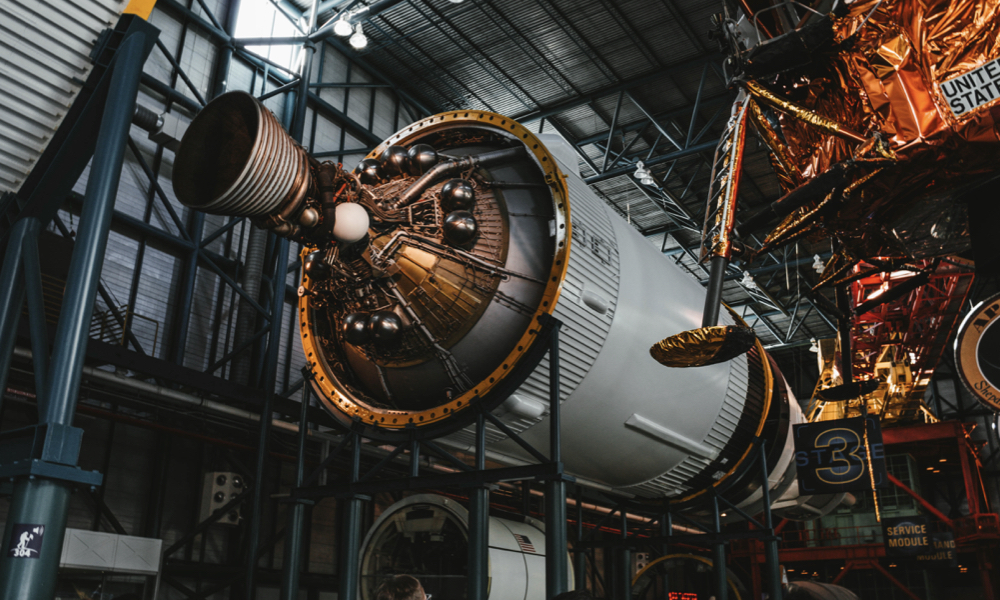
ESA Open Invitation To Tender AO8318
Open Date: 02/06/2015
Closing Date: 11/08/2015
Status: ISSUED
Reference Nr.: 15.127.02
Prog. Ref.: TRP
Budget Ref.: E/0901-01 – TRP
Special Prov.: BE+DK+FR+DE+IT+NL+ES+SE+CH+GB+IE+AT+NO+FI+PT+GR+LU+CZ+RO+PL
Tender Type: C
Price Range: 200-500 KEURO
Establishment: ESTEC
Directorate: Directorate of Technical & Quality Manag
Department: Mechanical Engineering Department
Division: Thermal Division
Contract Officer: Magne-Lie, Karine
Last Update Date: 02/06/2015
Update Reason: Tender issue
The use of Solar energy applying conversion processes based on higher temperatures (use of solar concentrators) and thermodynamic cycles (e.g. Stirling cycle) can provide high conversion efficiencies. For such process high temperature loop heat pipes (LHP) can provide efficient means to transport the heat from the solar concentrator to the thermodynamic cycle (e.g. Stirling engine). Unlike currently used heat pipes, LHPs exhibit much less ground operation constraints and hence the use of such high temperature LHPs could also provide advantages for the integration and operation of such systems: (1) the Stirling engine can be placed on the ground next to the solar receiver (and does not have to be part of the dish design);(2) in addition, it will be possible to integrate a thermal storage system, which could allow a 24 operation, increasing the overall efficiency and at the same time avoiding a daily start-up and shut-down of the overall system. Such high temperature LHP – using high temperature working fluids (possibly liquid metals) – willneed to be developed, manufactured and extensively tested. Major challenges are material compatibility, handling of high temperature working fluids, LHP start-up, etc. Based on the experience with LHP’s for space applications (at lower temperatures) combined withexisting knowledge on high temperature heat pipes (used in the past for terrestrial applications), the proposed activity shall start with a critical review and completion of the requirements, followed by an extensive trade-off (covering different concepts and aspects like materials, working fluids, long-term behaviour, etc.). A breadboard shall then be designed and manufactured and submitted to a complete test programme.
If you wish to access the documents related to the Invitation to Tender, you have to log in to the ESA Portal.
